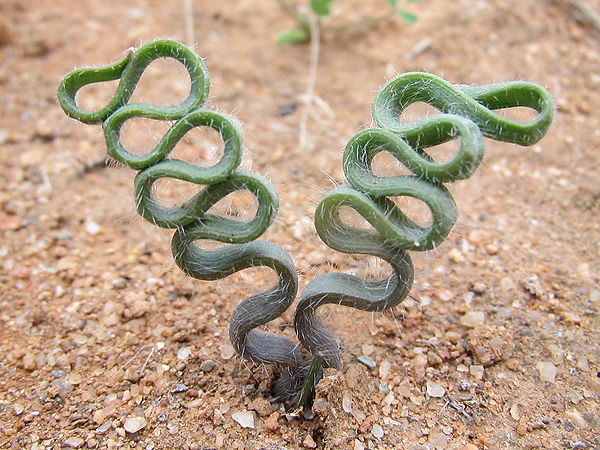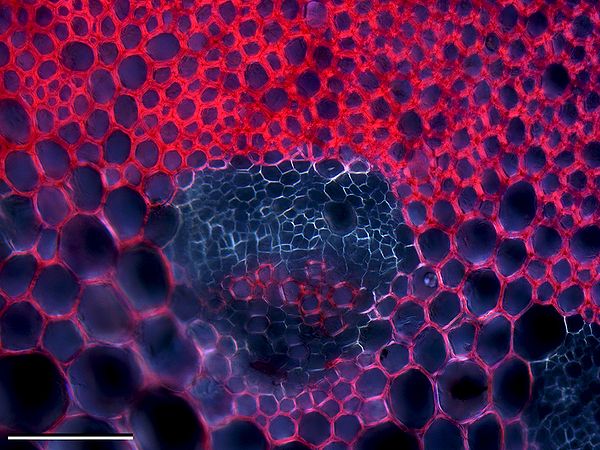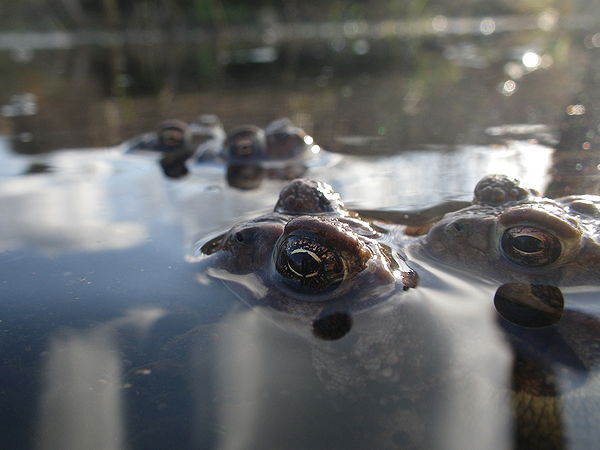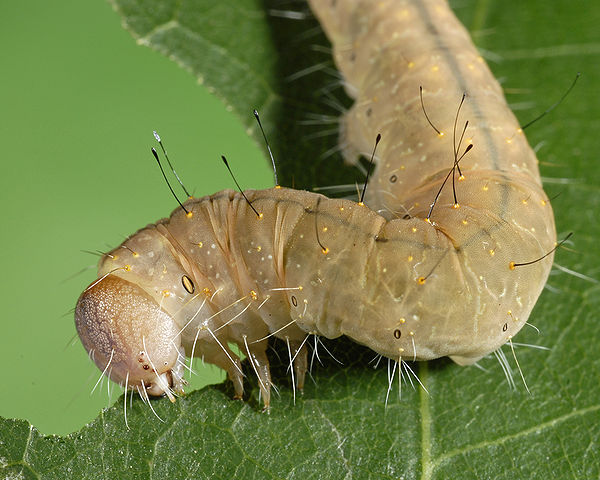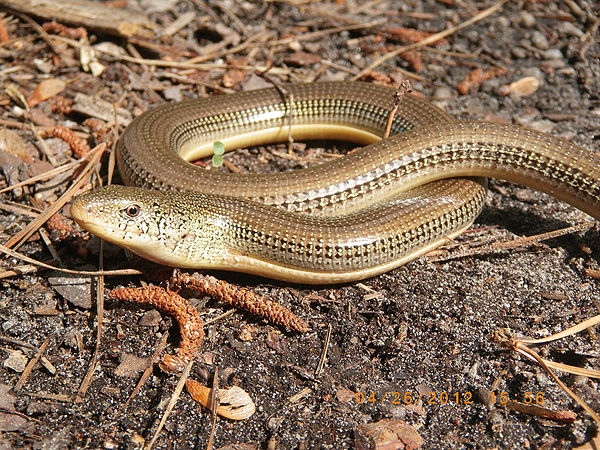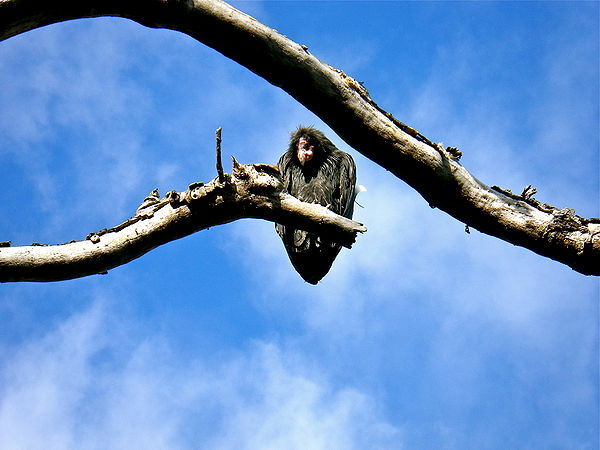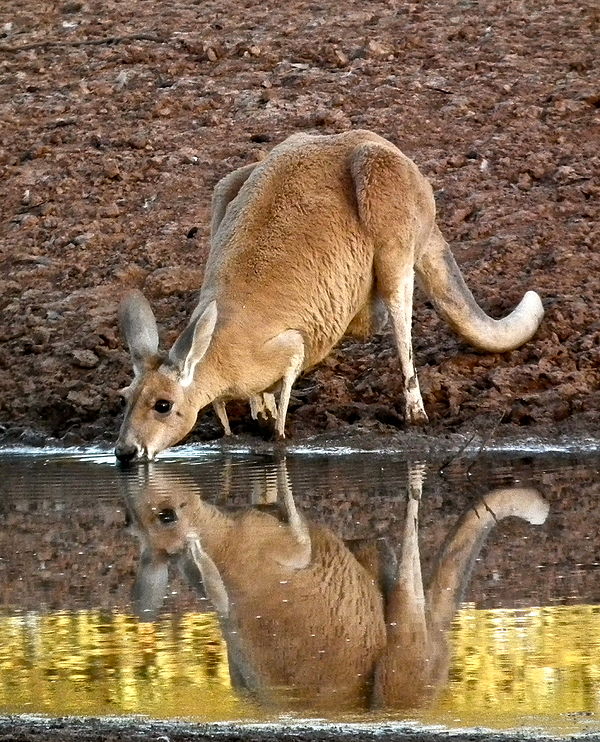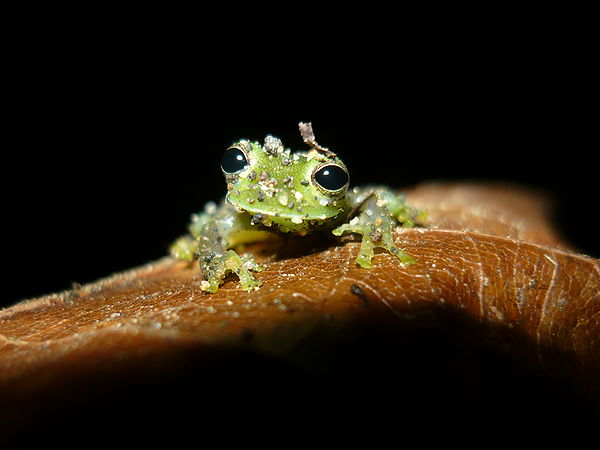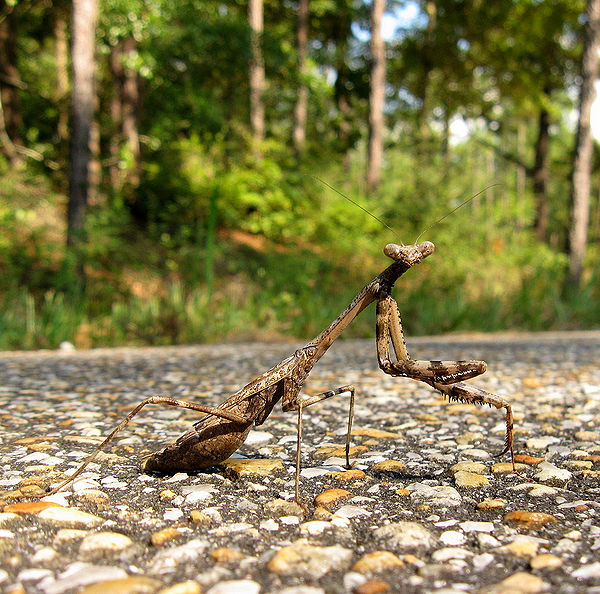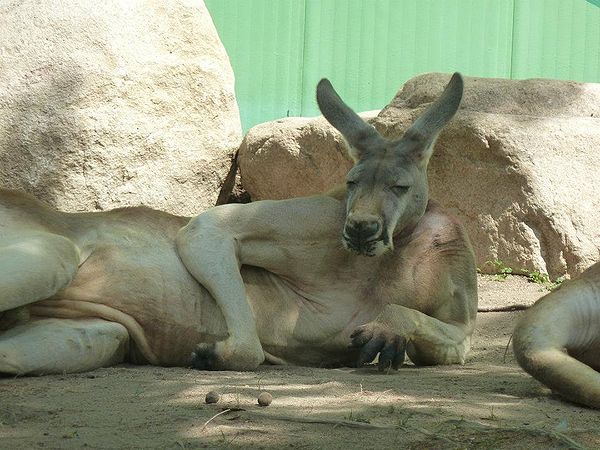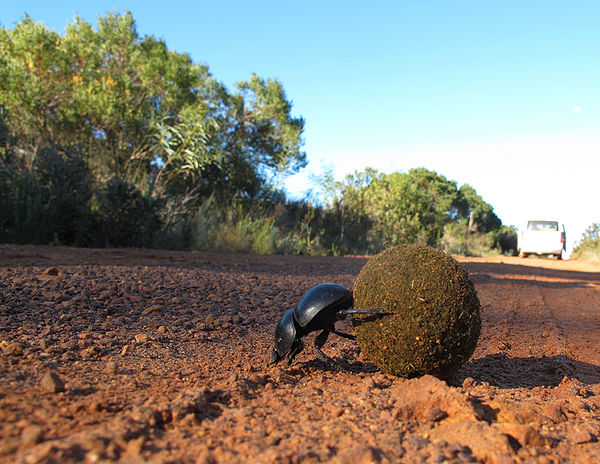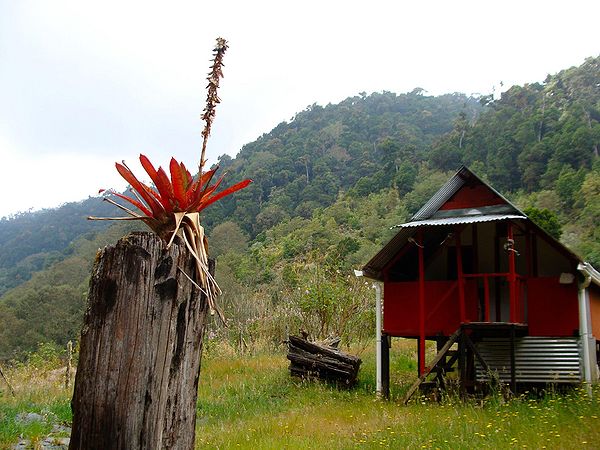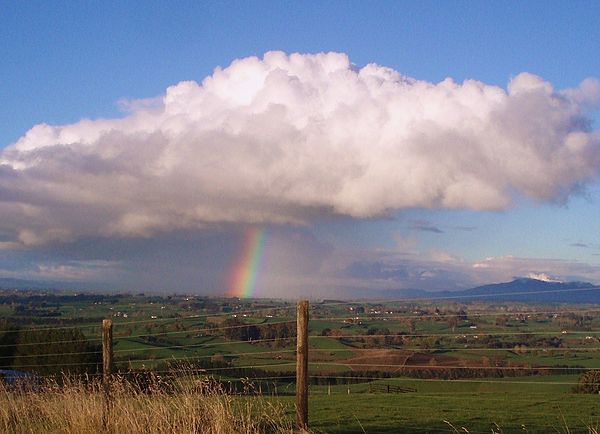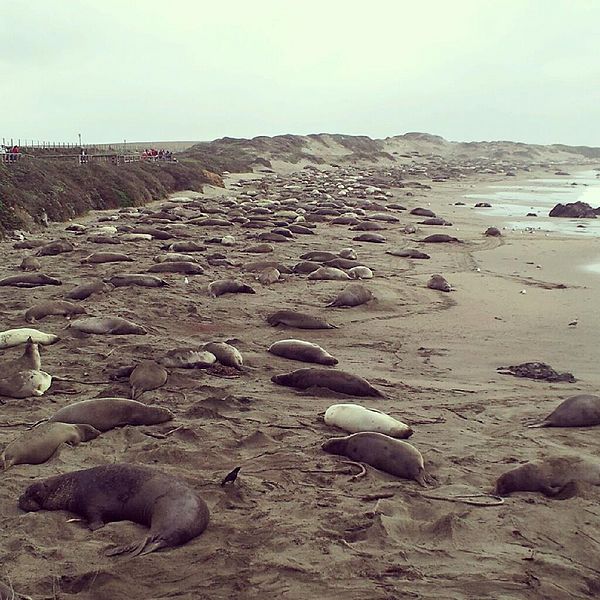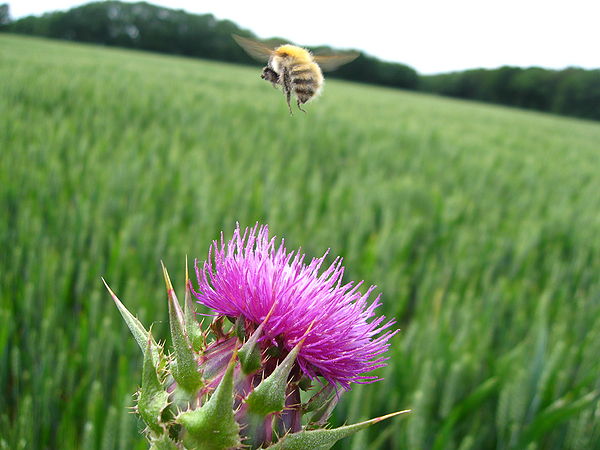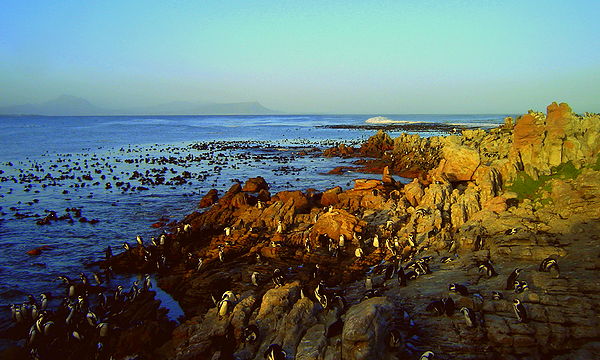2013 Biological Photo Contest
From EEBedia
This page showcases the entries to the 2013 Biological Photo Contest. Voting will commence in the week preceding the Grad Symposium with winners announced at the end of the Symposium. To enter, send your full resolution photo and caption to william.ryerson@uconn.edu and it will be put on this page.
Plants
| Phylogenetic tree of tomatoes (Solanum lycopersicum), drawn using neighbor-joining method. The tree illustrates the evolutionary history of tomatoes in the simplest form ever, so that even Bill Ryerson will understand (in response to his picture caption in Grad Symposium 2012) - Hamid Razifard | |
| From one of the miniature plants of South Africa’s Knersvlakte, these immature leaves stand less than 2 inches tall. Yet as they mature, they transform from folded ribbons to crimped extensions to long and flattened, fully-expanded leaves with only an occasional wrinkle, pointing out from the quartz gravel like TV antennae! - Kerri Mocko | |
| Flying along the dog sled paths of McCarthy, Alaska, a tiny fly is attracted to the enticing sulphuric odors, of which it expects will lead to a fresh pile of dung. Upon arrival, disappointment settles in as the fly realizes it has been duped by some stinky plant, the common dung moss, or Tetraplodon mnioides. A quick rest atop the dark purplish-red sporophytes of the dung moss, and the fly is off to find a real pile of dung. Little does the fly know, that it has been recruited for the dispersal of the bright yellow spores of the common dung moss. - Lily Lewis | |
| Cross section through the pedicel of Pelargonium crithmifolium under polarized light. Plant folks will see fibers, xylem, phloem, lignified parenchyma (oh my!) and a bit o' starch. Animal folks will think I'm making this all up. - Dustin Ray |
Animals
| I don't know what Hamid is going on about. THIS is neighbor joining, and now its a party. - Bill Ryerson | |
| A sally light-foot crab (Grapsus grapsus) living a very comfortable life in the Galapagos Islands. - Colin Carlson | |
| Bill, please enter my photo in the 'Plant' category. Thanks, Kurt - Kurt Schwenk | |
| If zoo pictures count, is this mammalogist studying Gorilla or Gorilla studying mammalogist - Laura Cisneros | |
| An Acronicta afflicta caterpillar adorably chewing on an oak leaf. - Brigette Zacharczenko | |
| “Wait a sec, that’s not a snake!” – This spotting was the icing on the cake, of one of my most memorable day hikes in Goose Creek State Park, NC. After crossing paths with a copperhead, a pair of mating racers, an otter, a black bear and a bald eagle I figured there was nothing left to see so I decided it was time to head home. However, just 100 yards from my car, I stumbled across this Eastern glass lizard. He froze and posed nicely for a few pics! - Jason O'Connor | |
| Meet the Great One. Hand raised with puppets in the San Diego Wild Animal Park, the Great One is now one of central California's ~50 wild Condors (his left wing tag is visible here). I spotted him on a ridge in Andrew Molera State Park in the Big Sur. We had a moment. - Jon Velotta | |
| You have to sit really still and pretend you're looking away, but finding a sitting spot without lovely ants isn't easy… Kangaroos are really skittish; I don't blame them, they are game here. This is an Euro or Hill Wallaroo, Macropus (I agree) robustus (only the males, they're professional boxers!), sucking water like only mammals can. Wait until you see the high-speed video!!. You can tell she's a female because of her cute little arms and adorable face. Fowlers Gap Research Station (Arid Zone, NSW, Australia, aka "The Outback"). - Alejandro Rico-Guevara | |
| Frogging around in the Panamanian rainforest I bumped into this little guy. I had an unfortunate accident trying to get the perfect picture: I dropped it on the ground, reason why he is covered in pebbles and dirt. Hence the "I hate you" look on his face. - Johana Goyes-Vallejos | |
| In the depths of Lower Alabama (LA, as it’s called by the locals), this mantis is praying that a car doesn’t come while she’s crossing the road. - Nicole Freidenfelds | |
| So this is what tenure feels like... - Sara Horwitz | |
| Timing is Everything. - Cindi Jones |
Environment
| Bromeliad on a Mountain: A "Home" Plant
Here at Cuerici Estación Biológica, bromeliads are not just house plants, they are at home, in their native ranges. - Holly Brown | |
| In Maori, the name for New Zealand is Aotearoa, or "Land of the long white cloud." After seeing more rainbows during a year in New Zealand than during the rest of my life combined, I got the sense that the name could aptly be "Aotearainbow," instead. - Alyssa Borowske | |
| Remember in the 90's when MTV had an entire show called "Spring Break" that was just kids dancing on the beaches for hours? These Big Sur elephant seals attempt to reenact it, with far less commercial success. Next up: Elephant Seals Gone Wild. - Jessie Rack | |
| I was hoping to capture pollination in action, but all I got was a cold shoulder. Near to Les Andelys, Normandy, France. June 2012 - Tim Moore | |
| "Hey, anyone wanna go grab some fish?" "Nah, dude, this rock is comfy. But if you regurgitate some when you get back, I won't say no..." A colony of African Penguins (Spheniscus demersus), just chillin'. Betty's Bay, Western Cape, South Africa. - Hayley Kilroy-Mollmann | |
| A tidal pool showing off all of its splendor. Ogunquit, Maine. - Kristiina Hurme |

